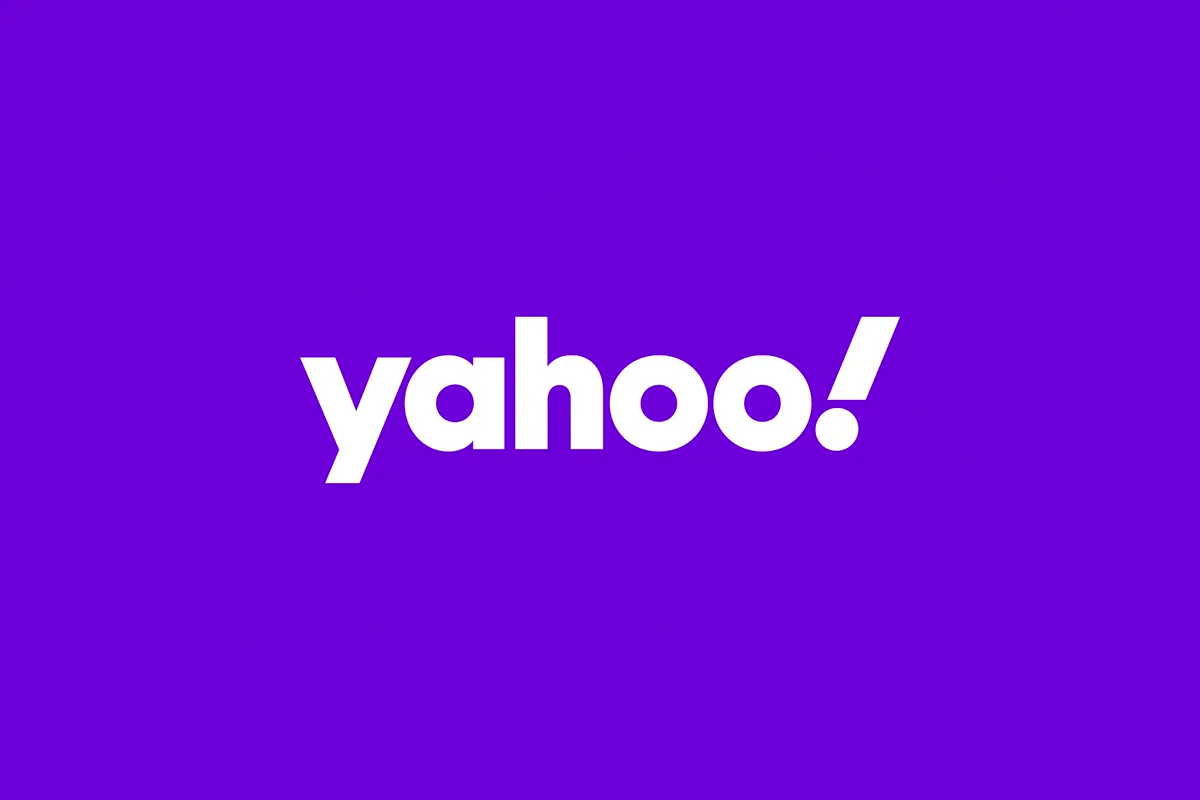
Social Native UGC Solution: Complete Buyer's Guide
Comprehensive UGC and influencer marketing platform
Social Native is a comprehensive UGC and influencer marketing platform that combines AI-powered content curation with automated rights management for mid-market and enterprise ecommerce retailers. The platform differentiates through its full-service UGC/influencer hybrid model, integrating creator sourcing, AI curation, and payment automation into a unified solution[44][51].
Market Position & Maturity
Market Standing
Social Native occupies the premium segment of UGC platforms, targeting enterprise retailers requiring comprehensive creator management alongside content curation[44][51].
Company Maturity
The platform's API-first architecture with documented Magento and Shopify compatibility demonstrates technical maturity for enterprise integration requirements[45][48].
Growth Trajectory
Social Native demonstrates strong enterprise market penetration with documented implementations across major brands including Dr. Martens, IKEA, and Zillow[41][42].
Industry Recognition
While specific awards or analyst recognition were not documented in available research, customer implementations across major brands like Dr. Martens and IKEA provide industry validation[41][42].
Longevity Assessment
The platform's ability to deliver measurable results for enterprise retailers demonstrates market acceptance and operational credibility.
Proof of Capabilities
Customer Evidence
Social Native demonstrates proven capabilities through documented implementations with major retail brands. Dr. Martens achieved a 1.6X conversion rate increase and 58% product coverage expansion within six months using AI-driven shoppable galleries[41].
Quantified Outcomes
IKEA reported a 3.54X higher conversion rate and 27% higher social reach through AI-powered UGC tagging and integration[42].
Case Study Analysis
Dr. Martens' implementation required enterprise-level integration across homepage and product pages, demonstrating the platform's ability to handle complex deployment requirements.
Market Validation
Customer evidence provides compelling technical performance validation. Dr. Martens achieved 1.6X conversion rate increase and 58% product coverage expansion within six months[41], while IKEA reported 3.54X higher conversion rates through AI-powered UGC tagging[42].
Reference Customers
Enterprise customers include major brands like Dr. Martens, IKEA, and Zillow[41][42].
AI Technology
Social Native's AI operates across three primary functions: content discovery and curation, automated rights management, and influencer matching. The platform's AI analyzes sentiment and trends with human oversight for brand alignment[46][55].
Architecture
The vendor's AI-first approach automates content curation, rights management, and influencer payments based on customer implementations[44][46].
Competitive Advantages
Social Native's integrated UGC/influencer marketplace functionality distinguishes its market position from standalone content aggregation platforms[44][51].
Market Positioning
Social Native occupies the premium segment of UGC platforms, targeting enterprise retailers requiring comprehensive creator management alongside content curation[44][51].
Win/Loss Scenarios
Social Native wins when organizations require workflow consolidation for both UGC and influencer campaigns[51], high-volume content curation with automated rights management[44], and enterprise-scale implementation with dedicated technical resources[41].
Key Features

Pros & Cons
Use Cases
Integrations
Featured In Articles
How We Researched This Guide
About This Guide: This comprehensive analysis is based on extensive competitive intelligence and real-world implementation data from leading AI vendors. StayModern updates this guide quarterly to reflect market developments and vendor performance changes.
55+ verified sources per analysis including official documentation, customer reviews, analyst reports, and industry publications.
- • Vendor documentation & whitepapers
- • Customer testimonials & case studies
- • Third-party analyst assessments
- • Industry benchmarking reports
Standardized assessment framework across 8 key dimensions for objective comparison.
- • Technology capabilities & architecture
- • Market position & customer evidence
- • Implementation experience & support
- • Pricing value & competitive position
Research is refreshed every 90 days to capture market changes and new vendor capabilities.
- • New product releases & features
- • Market positioning changes
- • Customer feedback integration
- • Competitive landscape shifts
Every claim is source-linked with direct citations to original materials for verification.
- • Clickable citation links
- • Original source attribution
- • Date stamps for currency
- • Quality score validation
Analysis follows systematic research protocols with consistent evaluation frameworks.
- • Standardized assessment criteria
- • Multi-source verification process
- • Consistent evaluation methodology
- • Quality assurance protocols
Buyer-focused analysis with transparent methodology and factual accuracy commitment.
- • Objective comparative analysis
- • Transparent research methodology
- • Factual accuracy commitment
- • Continuous quality improvement
Quality Commitment: If you find any inaccuracies in our analysis on this page, please contact us at research@staymodern.ai. We're committed to maintaining the highest standards of research integrity and will investigate and correct any issues promptly.